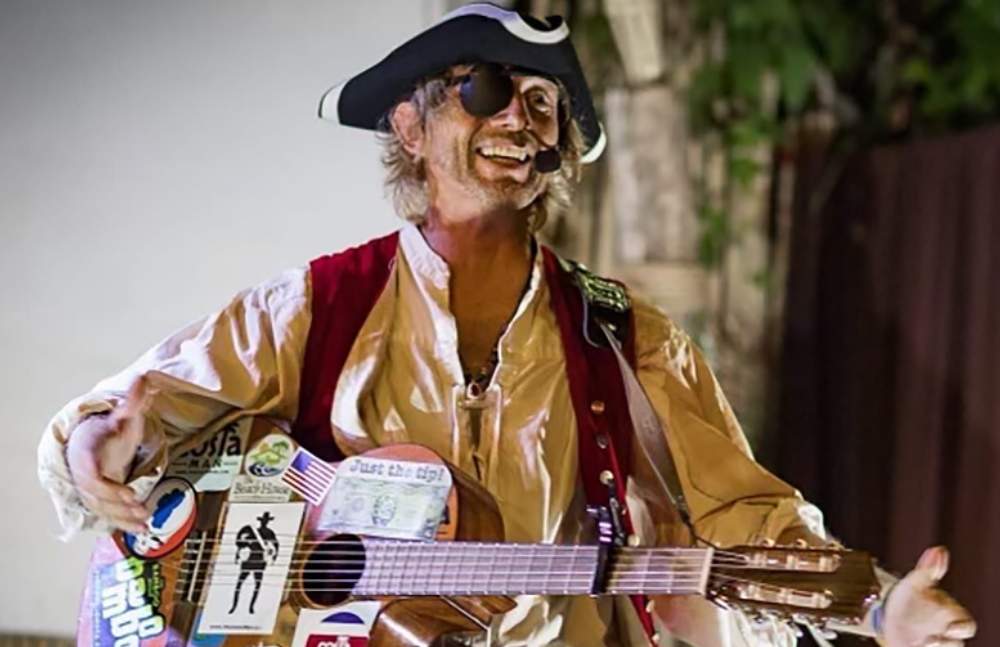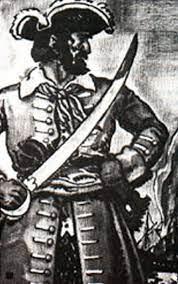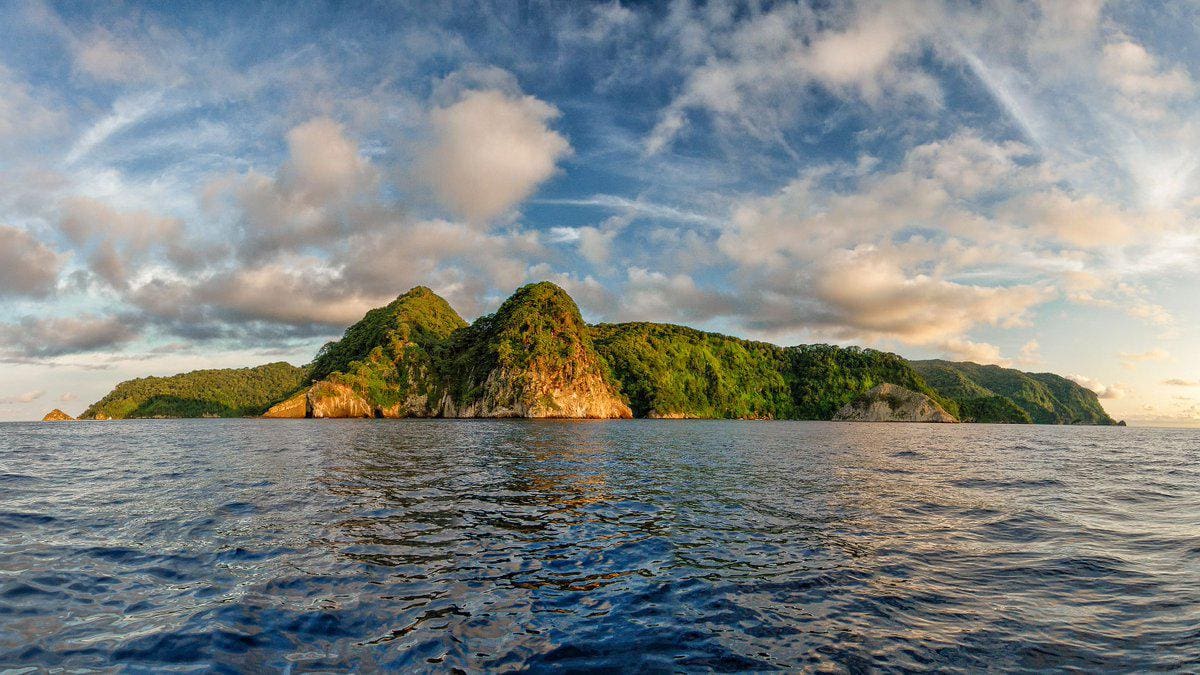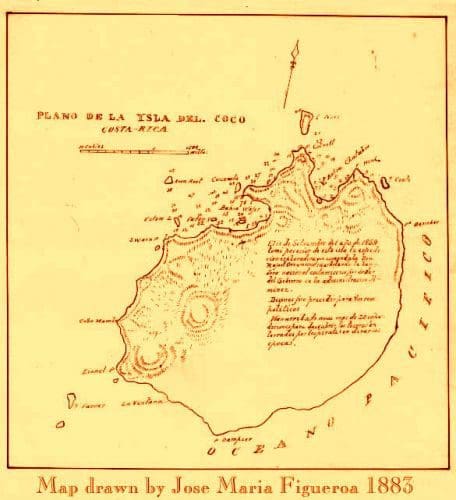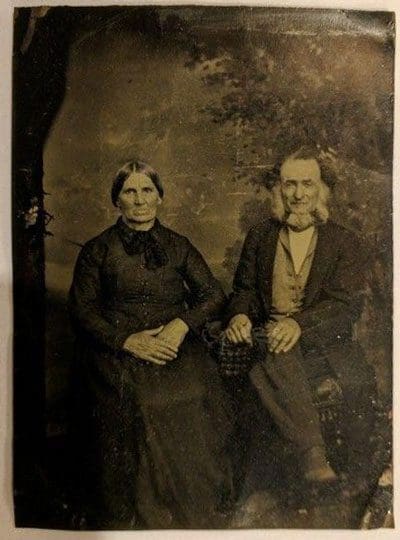
The Lost Treasure of Lima
Tales of pirates and treasures have tickled the imaginations of millions. There’s something magical about the concept of brave and bold renegade pirates, driven by fortune and fame, setting out to capture, plunder and hide their bounty for future storytellers to fathom.
Thanks to popular musician Darin Talbot and the Pura Vida Show in Playa Flamingo, Costa Rica, renewed interest in the mysterious legend of Isla del Coco — aka Cocos Island — has been inspired by his retelling of buried treasure quests. The show features a characterization of the pirate “Bloody Sword Benito.”
Many a tale has been told of this depicted scenario, focused on the belief that millions of dollars of treasure were seized and buried on the tiny island. Located 550 kilometers southwest of Costa Rica, it’s been part of the country since 1821, coinciding with the nation’s independence.
Which of these stories is legend, myth or real? The mystery continues today.
Robert Louis Stevenson’s literary classic “Treasure Island” rocketed Cocos Island to fame. Author Michael Crichton was so enchanted by the island that it became the model for his famed “Jurassic Park” — Isla Nublar.
Lost 200 years ago
Though not originally a pirate stash, the colossal Treasure of Lima fell into pirate hands and has not been seen since. The Viceroy of Lima, Peru — on the edge of revolt in 1820 — sought to have the riches removed and transported to Mexico for safekeeping. British Captain William Thompson was entrusted to carry out this mission aboard his vessel, the Mary Dear.
Instead, Thompson and his crew yielded to temptation in a savage conversion to piracy. They cut the throats of the guards and companion priests before snatching the treasure for themselves and hiding it on Cocos Island. Before having a chance to go back and divvy up their shares, Thompson and his crew were captured by the Spanish. Reportedly all were tried and executed for piracy except Thompson and his first mate, Alexander Forbes. Their lives were spared in return for agreeing to lead their captors to the Cocos Island treasure site. But once on the island, the pair escaped and were never recaptured or seen again.
Or was that really their last sighting? Did Thompson and Forbes ever leave the island? It’s been rumored that they departed aboard a British whaling ship. Thompson landed in Newfoundland, while Forbes ultimately found business success in California.
The Lima haul, said to be worth an estimated £160 million (about $209 million), consists of 12 chests. Within these chests are 500,000 gold coins, 16 to 18 pounds of gold dust, 11,000 silver ingots, solid gold religious statues, chests of jewels, hundreds of swords, thousands of diamonds and solid gold crowns. To the best of anyone’s knowledge, it remains undiscovered.
More treasure lore
Costa Rica’s lost treasure lore takes some twists and turns during an overlapping 19th-century time period, thanks to Benito Bonito, nicknamed the “Bloody Sword” or “Dom Pedro.” Bonito’s venture into piracy supposedly took place in1814, when he was captain of a small Spanish privateer. Next came his takeover of a Portuguese merchantman by murdering the captain. This was followed later by Bonito’s capture of an English slave ship called the Lightning. All crew members who refused to join him on this ship, renamed the Relampago, were murdered.
After operating the Relampago for several years between the West Indies and North American Atlantic coast, Bonito set his sights on the Pacific. In 1819, he plundered a Spanish donkey caravan carrying gold in Mexico for onward transport to Manila. According to “The Lost Treasure of Cocos Island,” a widely cited 1960 book by New York Times journalists Ralph Hancock and Julian Weston, Bonito buried the Mexican gold stash in Wafer Bay on Cocos Island. He died in the Caribbean in 1821, when his ship crew mutinied.
Conflicting accounts of Bonito’s triumphs and ultimate demise make these details murky, to say the least. In one instance, the tales of the Mexican caravan gold heist and the ill-fated Lima Treasure confiscation a year later are tangled up in a way that makes no sense. Other sources contend Bonito was hanged by the British in 1820 or committed suicide with a pistol in 1821.
Fantasy figure
The consensus seems to rule out the possibility of Benito Bonito being anything but a mythical character. There is no evidence supporting his existence as one and the same real-life pirate. Instead, it’s likely that he’s a biographical composite of several real people. That sometimes includes 19th-century British sailor Captain Bennett Graham, who allegedly raided 350 tons of gold from Spanish ships and also stashed away on Cocos Island.
All in all, trying to separate facts from fiction or half-truths, fuelled by the imagination, has proven as futile as the relentless quests for treasure on Cocos Island.
In a 2019 interview with Jim Dobson, senior contributor with Forbes.com, Genna Marie Davis of Undersea Hunter Group said, “It’s tricky writing about Cocos Island treasures because there is so much hearsay, lore and conflicting information all tangled up that it’s difficult to discern the truth. The stories are very fun, but you have to take them with a grain of salt. There was even a lot of misinformation purposefully spread by treasure hunters trying to throw other treasure hunters off the track.”
Trying and failing
It’s hardly surprising that hundreds of treasure searches in Cocos Island have been tried over the past two centuries, with just as many failures.
Expeditions starting in 1844 were undertaken by a seaman named John Keating, who had reportedly received a map from William Thompson disclosing the Lima treasure’s whereabouts. This led to Keating’s retrieval on one trip of some gold and jewels. It’s been said that he reburied these items on Coiba Island, off the coast of Panama, while other theories link him to Canada, where coins thought to be from the same haul have turned up in Newfoundland. Keating is also rumored to have killed another treasure hunter he encountered on Cocos Island, leaving the body with the treasure.
A treasure map reportedly made by Benito “Bloody Sword” Bonito was sold by a crew member’s grandson to the renowned German treasure hunter August Gissler, who lived on Cocos Island for 19 years until 1908, and even served as governor. His persistent efforts to uncover Bonito’s Wafer Island trove, plus the gold Madonna from the Lima treasure, yielded only a few random coins.
Celebrity searchers have included American Gangster Busby Seigel; U.S. President Roosevelt in 1910, British racing driver and journalist Sir Malcolm Campbell during the 1920s; and actor Errol Flynn two decades later.
Off limits
Nowadays, treasure hunting is prohibited on Cocos Island, which became one of Costa Rica’s first named national parks in 1978 and a UNESCO World Heritage site in 1997. Access to the island is limited to ship passengers on chartered scuba diving excursions, and no overnight stays are permitted.
A conditional exception was made in August 2012, when British engineer Shaun Whitehead led an international team to search for the treasure site using high-tech imaging and 3D mapping technology, along with robotic radar detectors. Costa Rican government officials had granted permission for this activity in conjunction with other ecological, geological and archaeological research. But after Whitehead’s team spent just 10 days on Cocos Islands, the arrangements for them to return and resume their work later fell through. With the project’s limited time period set to expire before the documentary film crew could get its necessary permits, Whitehead was unable to get an extension.
So what really happened to the lost Treasure of Lima and the other hordes of gold on Cocos Island? Where are they? Did they ever exist to begin with? All that anyone can be certain about is that no one really knows.
Fact or fiction? The mystery continues.

